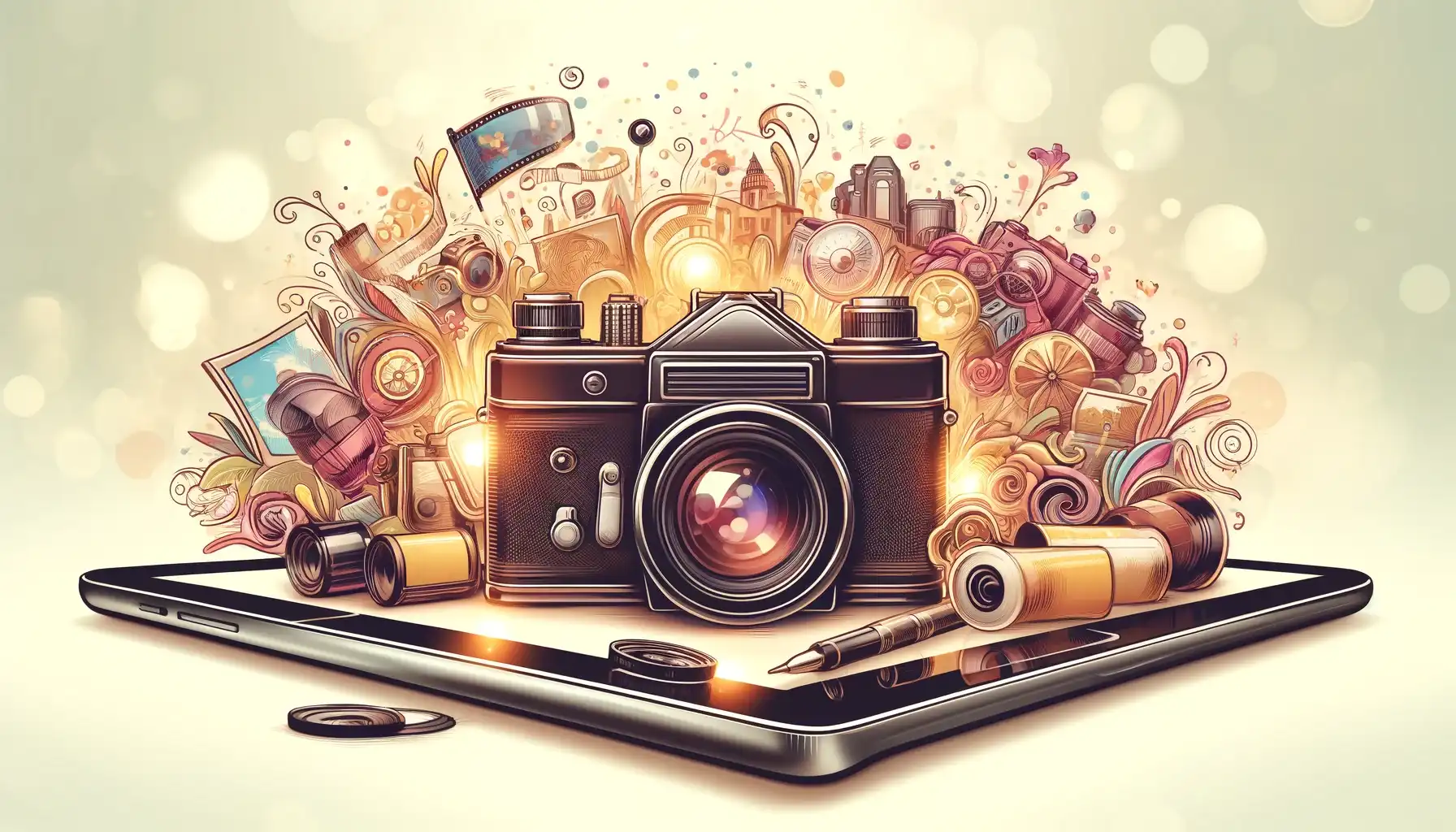Introduction
Photography is a rewarding hobby and profession that combines art, technology, and storytelling. Whether you're aiming to capture beautiful landscapes, dynamic portraits, or candid moments, getting started in photography can seem daunting. This guide will walk you through the essentials you need to embark on your photography journey, covering necessary tools, basic techniques, common mistakes to avoid, and helpful resources for continuous learning.
Essential Tools for Photography
Cameras
- DSLR Cameras: Offer flexibility with changeable lenses and manual settings. Popular models include the Canon EOS Rebel series and Nikon D3500.
- Mirrorless Cameras: Known for being lighter and more compact while offering similar quality to DSLRs. Examples include the Sony Alpha series and Fujifilm X series.
- Point-and-Shoot Cameras: Good for beginners due to their ease of use. Look for models like the Canon PowerShot or Sony Cyber-shot.
- Smartphones: Modern smartphones have advanced camera technologies that are suitable for beginners.
Lenses
- Prime Lens: Fixed focal length; known for clarity and depth of field (e.g., 50mm f/1.8).
- Zoom Lens: Offers a range of focal lengths, versatile for different types of shots (e.g., 24-70mm f/2.8).
- Macro Lens: For close-up photography like insects and flowers.
Accessories
- Tripod: Essential for stabilizing the camera in low-light conditions or for long exposures.
- Camera Bag: Protects your gear and makes it easier to carry.
- Memory Cards: Invest in reliable ones like SanDisk or Lexar.
- Editing Software: Adobe Lightroom and Photoshop are industry standards.
Basic Photography Techniques
Understanding the Exposure Triangle
- Aperture: Controls the depth of field and the amount of light entering the lens.
- Shutter Speed: Affects how motion is captured, whether frozen or blurred.
- ISO: Adjusts the camera’s sensitivity to light, impacting the graininess of the photo.
Composition Basics
- Rule of Thirds: Imagine dividing the frame into a grid of thirds both horizontally and vertically. Place important elements along these lines or at their intersections.
- Leading Lines: Use natural or architectural lines to lead the eye through the frame.
- Framing: Use elements within the scene to frame the main subject, adding depth and context.
Common Mistakes to Avoid
- Ignoring the Background: Always check what’s behind your subject to avoid distracting elements.
- Overexposing Highlights: Watch out for overly bright areas, especially in digital photography where it's hard to recover details from highlights.
- Shooting Only from Eye Level: Experiment with different angles and perspectives for a more dynamic composition.
Tips for Beginners
- Practice Regularly: The more you shoot, the better you'll understand your camera and your own style.
- Learn from Others: Join photography groups, attend workshops, and follow other photographers.
- Critique Your Work: Spend time reviewing and critiquing your photos to understand what worked and what didn’t.
Recommended Resources
These are our recommendations to learn more about photography:


